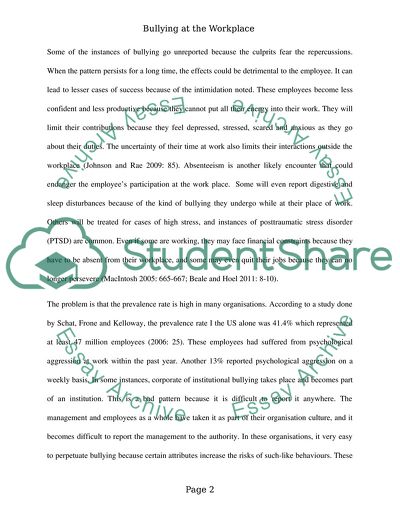Cite this document
(Bullying in the workplace: a critical research review Paper, n.d.)
Bullying in the workplace: a critical research review Paper. https://studentshare.org/human-resources/1856431-bullying-in-the-workplace-a-critical-research-review
Bullying in the workplace: a critical research review Paper. https://studentshare.org/human-resources/1856431-bullying-in-the-workplace-a-critical-research-review
(Bullying in the Workplace: A Critical Research Review Paper)
Bullying in the Workplace: A Critical Research Review Paper. https://studentshare.org/human-resources/1856431-bullying-in-the-workplace-a-critical-research-review.
Bullying in the Workplace: A Critical Research Review Paper. https://studentshare.org/human-resources/1856431-bullying-in-the-workplace-a-critical-research-review.
“Bullying in the Workplace: A Critical Research Review Paper”. https://studentshare.org/human-resources/1856431-bullying-in-the-workplace-a-critical-research-review.


